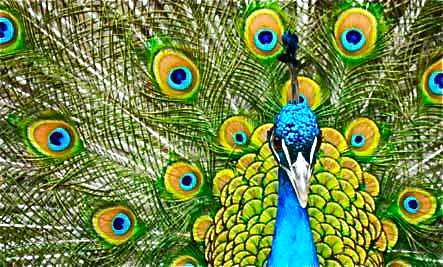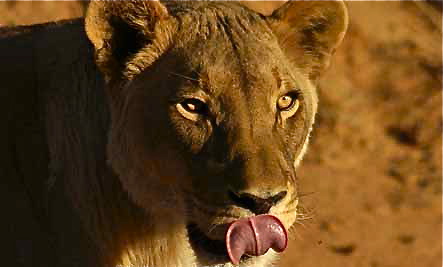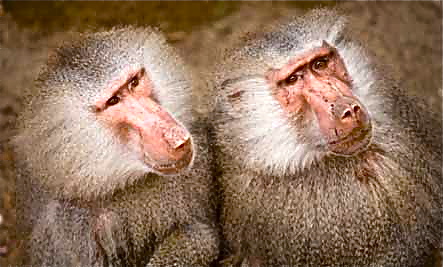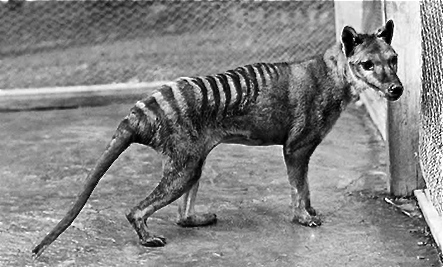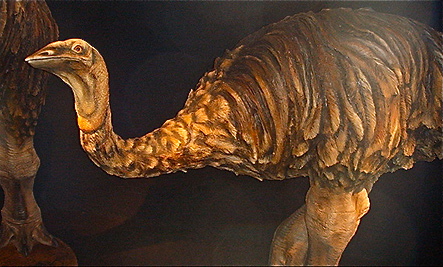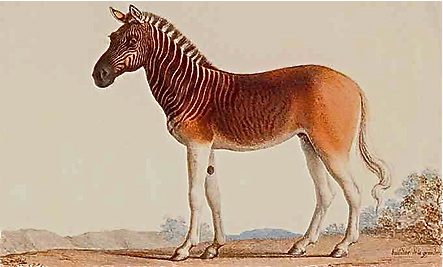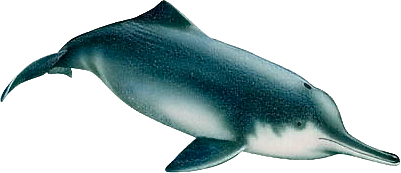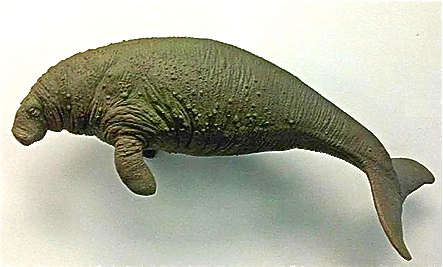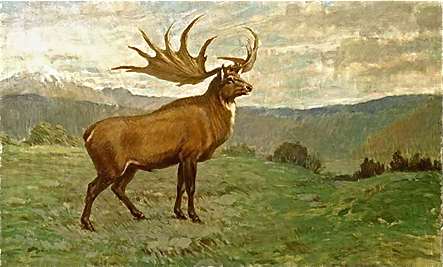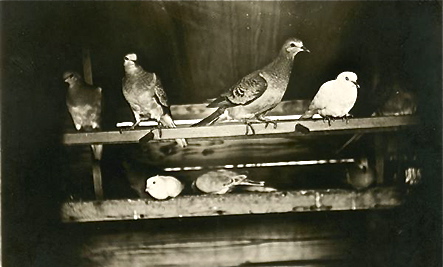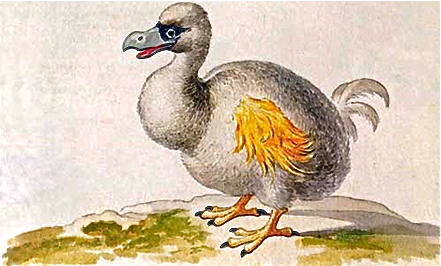It is rather natural, we barely even notice we do it.
Tilting a head to expose the neck, smiling or laughing at something that really was not funny, moving closer to the person making unfunny jokes, mimicking their actions. Our body language is perhaps the most subtle expression of what we are really thinking and feeling, and is a crucial component of the courting dance known as flirting.
Though cheesy pick-up lines abound, a lot is conveyed even before words are uttered. A prolonged gaze or arched eyebrow gives clues to the person across the bar that you are interested without having to explicitly ask about his/her sign. Though the statistics differ, some attribute almost 80 percent of our first impressions to our stance and swagger. And because flirting helps both animals and humans find mates faster and easier, it is an evolutionary trait hard-wired in our brains.
Mice twitch their noses at potential mates, colourful peacocks strut around for admiring peahens, and pigeons puff their chests to look buff. As much as we have moved on from mice and feathers, we do much of the same, for the exact same reasons.
Genetic Peacockery
Because flirting is an easy way for us to display our genes, mating potential, and interest, nature put a lot toward its success. This is one of the reasons why some males birds have exotic plumes, why elk carry hefty antlers (a sign of a healthy immune system), and why male fiddler crabs have such large claws. He waves his in the air, alerting females to his whereabouts, and signaling them to come closer for a better look at his burrow, colourful shell, and flashy claw.
Much in the same way, we are physically programmed to indicate interest almost before we mentally have a say in it. Slight actions reveal a lot. Stance, eye movement, and gestures like leaning forward to talk to the person, or quick eyebrow raises are what scientists call contact engagement, signaling to the other mammal that you are prepared for things to potentially get physical. Perhaps most importantly, these signals show that you’re not intending to dominate or flee. Or not just yet, anyhow.
Read My Lips
Like a lioness presenting herself to a mate, women will arch their backs and show off their hips to indicate fertility. While both men and women will make prolonged eye contact with people they are interested in, a woman might also lick her lips, helping to bring visual attention to the mouth. If someone is staring at your lips he may be thinking of how to kiss them.
Though a man might not pound his chest like Tarzan while in a crowd, it is only because of social constraints. He is still trying to put forth his strong jaw, an indicator of high testosterone levels, and spread his arms and chest to look muscular and strong.
Yet he does not want to look too strong or threatening, so he laughs and smiles frequently. Confident and powerful enough to protect his brood; nice enough not to harm the doe.
Moves Have Messages
By studying humans in their natural courting habitat (usually bars), scientists have been able to document the movements we make when we are interested in someone else. As it turns out, we are all quite predictable.
A woman smiles, raises her eyebrows, opens her eyes wide, holds a gaze, fidgets with her hair, lowers and tilts her head, and laughs. A man might jut out his chin, try to make his chest appear as large as possible, unconsciously flex an arm, laugh aloud, and smile. But what do all these ridiculous gestures mean?
By comparing our actions with those of animals, it becomes clear that moves have messages. A woman tilts her head and shows off her neck as a sign of vulnerability and submission.
When a male dog approaches a female dog, she has been observed to turn her head and flattens her ears as if to say, “I’m a lover, not a fighter. Don’t bite.” The male dog naturally assumes the taller, dominant stance. Females tend to also steal sideways glances, just as we do when flirting, to show she is demure and hard to get, yet interested.
Monkey See, Monkey Do
Together, both sexes take part in mirroring, tending to sit or stand in similar positions, or pick up a drink at the same time. When one person leans in, another will do the same if she likes what she is seeing. The theory behind this is that people are drawn to others who are like them (if he picks his nose, put the mirror down.)
We also tend to point or gesture toward our object of desire. This means feet, hands, or the entire body will subconsciously be pointed toward him or her, opening up a line of physical—and hopefully verbal—communication.
Yet through all our coquettish gestures, anyone who has raised her eyebrows at a policeman knows that flirting is not always intended to seal the deal.
Flirting can be a default mechanism when we want to get something for nothing (a better table at a restaurant, another free cocktail on the airplane, a shortcut in line) or a comfortable and fun way to interact with new people. And it is certainly not reserved just for people we want to mate with; married people flirt with no adulterous intentions and platonic flirting happens all the time. Flirting opens windows of potential and can peak curiosity about what might happen, but it also leaves us with the ability to walk away, no harm done.
Adapted from an article on divineCaroline.com


